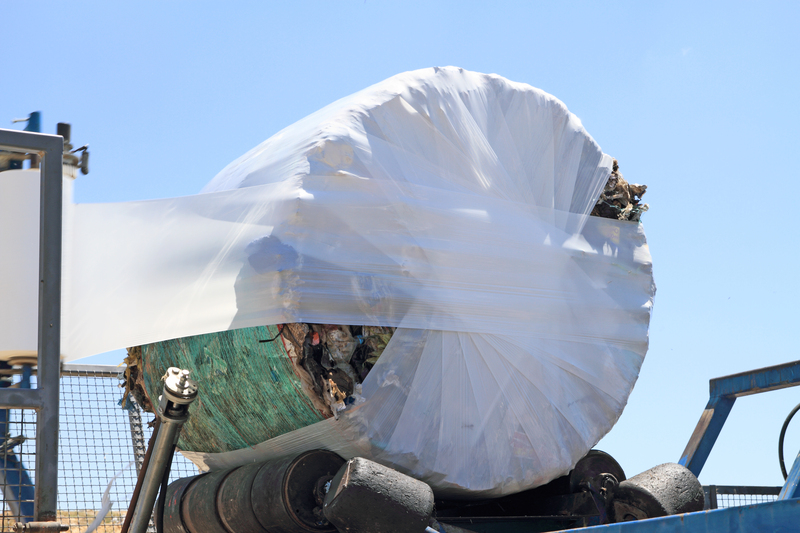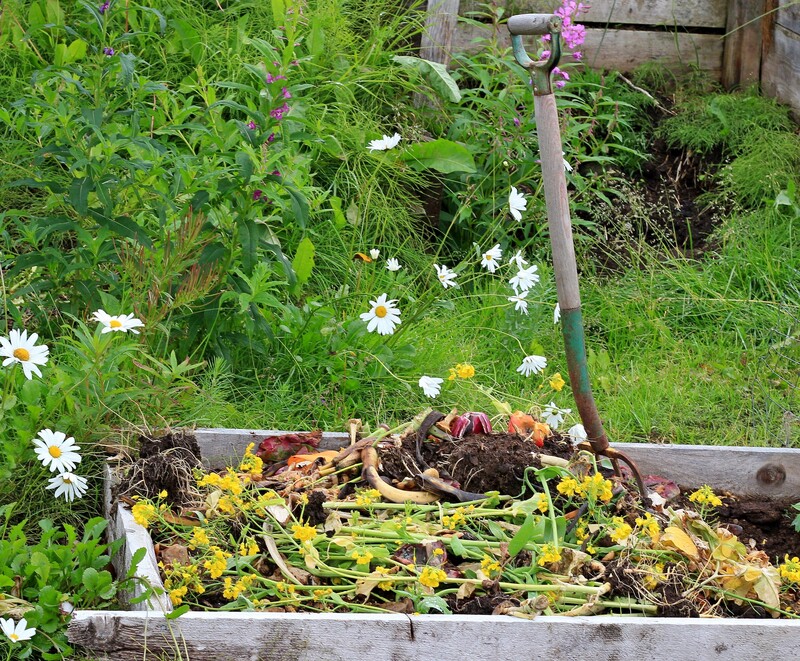Simple Steps to Explain Recycling Concepts to Children
Recycling has become a vital part of environmental protection. Teaching kids about the importance of recycling and how it works is crucial for building lifelong eco-friendly habits. Children are naturally curious, and with the right approach, they can quickly learn the value of recycling. In this comprehensive guide, we'll explore simple steps to explain recycling concepts to children so you can nurture a generation of environmentally conscious individuals.

Why Is Recycling Education Important for Kids?
Recycling education equips children with knowledge to help them make informed decisions about waste. Early recycling education has lifelong benefits, including:
- Building responsibility: Kids develop a sense of stewardship toward their environment.
- Reducing waste: Less waste ends up in landfills when children know how to recycle effectively.
- Protecting wildlife: Proper recycling helps keep harmful plastics out of oceans and animal habitats.
- Encouraging critical thinking: Kids learn to make choices that benefit the planet.
Instilling eco-habits early makes recycling second nature and increases their impact on Earth's future.
Understanding the Basics Before You Teach
Before explaining recycling to kids, it helps if you, as a parent or educator, have a clear understanding of the core concepts. Here's a brief overview of what you should know:
- What is recycling? - The process of turning waste materials into new products instead of throwing them away.
- Why do we recycle? - To save resources, reduce pollution, and conserve energy.
- What can we recycle? - Paper, plastics, metals, glass, and sometimes electronics or textiles.
- What can't we recycle? - Contaminated items, certain plastics, and food wrappers (check your local guidelines).
Step 1: Use Simple and Relatable Language
Talking at a Child's Level
It's essential to explain recycling concepts to children in language that is age-appropriate and easy to grasp. Avoid complex scientific terms. Instead, use analogies and relatable stories. For example:
- "When we recycle, we give old things a new life!"
- "Throwing trash in the right bin helps us keep our world clean and beautiful."
Also, consider using pictures or illustrations to show how recycling works. Visual aids make abstract ideas concrete for young minds.
Step 2: Show, Don't Just Tell
Demonstrate the Process of Recycling
One of the most effective methods for explaining recycling to children is through demonstration. Create a hands-on activity:
- Set up recycling stations: Label bins for paper, plastic, metal, and trash. Use clear, colorful signs or pictures for little ones.
- Practice sorting together: Hand over different items and ask your child which bin it belongs in. Discuss why.
- Show the journey: If possible, take a trip to a local recycling center or watch a kid-friendly video showing what happens to recyclables.
Children remember more when they actively participate. Let them make mistakes and gently correct them to reinforce learning.
Step 3: Explain the Benefits of Recycling
Relate to Their World
Tie the benefits of recycling back to things that matter most to your child. Explain that recycling:
- Keeps parks and playgrounds clean
- Protects animals so that their favorite animals have a safe home
- Saves energy (use analogies like powering their favorite toys or lights)
- Reduces pollution so the air they breathe stays fresh and clean
Use real-life examples, such as showing them products at home made from recycled materials (e.g., tissues, notebooks) to underline the full recycling cycle.
Step 4: Make Recycling Fun and Interactive
Engaging Activities
- Sorting games: Use empty containers, bottles, or magazines for a sorting race.
- Arts and crafts with recyclables: Make creative projects from old cardboard, plastic bottles, or cans.
- Story time: Read age-appropriate books about recycling--stories leave lasting impressions.
- Printable coloring pages: Find or create themed worksheets showing recycling in action.
This approach keeps your child motivated and reinforces recycling concepts in a memorable way.
Step 5: Involve Children in Family Recycling Routines
Children learn best by doing. Include them in everyday recycling activities, such as:
- Rinsing bottles or jars before recycling
- Breaking down cardboard boxes
- Taking the recycling bin to the curb
- Checking for recycling symbols on packaging together
Encourage their involvement by praising their efforts and letting them take the lead when possible.
Step 6: Answer Their Questions Honestly
Kids are naturally curious and may ask, "What happens to the cans when the truck takes them away?" or "Can we recycle this wrapper?" Take time to provide accurate, age-appropriate answers. If you don't know the answer, research together! This fosters trust and models lifelong learning about recycling concepts.
Common Questions Kids May Ask About Recycling
- Why can't all plastic be recycled?
- What happens if I put something in the wrong bin?
- Can we recycle broken toys?
- What is composting, and is it different from recycling?
Be transparent about the limitations and challenges of recycling. For example, not all plastics are recyclable, and contamination can ruin a batch of recyclables.
Step 7: Connect Recycling to Larger Environmental Actions
Show kids that recycling is just one part of caring for the planet. Explain related environmental concepts such as:
- Reduce: Use fewer resources by buying less or choosing reusable items.
- Reuse: Find new ways to use items before throwing them away.
- Compost: Turn food scraps and yard waste into rich soil.
*Use the phrase "Reduce, Reuse, Recycle" as a simple mantra. It's easy for children to remember and covers the key steps towards sustainability.*
Tips for Sustaining Kids' Interest in Recycling
Reward and Recognize
- Offer small rewards for consistent recycling--stickers, a family movie night, or verbal praise.
- Create a sticker chart to track recycling habits.
Keep Learning Fun
- Visit science museums or environmental fairs when possible.
- Watch family-friendly documentaries or animated videos on recycling together.
Be a Role Model
- Show your commitment by recycling yourself and discussing your actions openly.
Children learn best through imitation, so make sure you are leading by example when it comes to recycling and other green practices.
How to Handle Mistakes and Challenges
Mistakes are part of the learning process. If your child puts something in the wrong bin or forgets, use it as a teaching moment:
- Review together: Go over what happened and why certain items belong in certain bins.
- Encourage questions: Let your child express confusion or curiosity.
- Stay positive: Praise effort rather than perfection to avoid discouragement.
Help them see recycling as an ongoing habit--not a test they can fail.
Dealing with Community Guidelines and Changing Rules
Recycling rules can vary by region and sometimes change. Make it a point to:
- Check your locality's recycling guidelines together.
- Talk about why some changes happen (e.g., changes in what's recyclable)
Helping children stay adaptable encourages lifelong learning about recycling.
Helpful Resources for Kids to Learn About Recycling
- Storybooks: Look for engaging children's books like "Michael Recycle" or "The Adventures of a Plastic Bottle".
- Interactive websites: Sites like National Geographic Kids and Sesame Street offer recycling games and tips.
- Local government pages: These often have simple, visual guides for young learners.
- Educational videos: Platforms like YouTube have short, kid-friendly videos demonstrating recycling in action.
Key Takeaways on Explaining Recycling Concepts to Children
- Use simple, relatable language and analogies.
- Demonstrate the recycling process with home activities and visuals.
- Discuss the benefits of recycling in ways that matter to your child.
- Make recycling interactive and engaging with games, crafts, and story time.
- Include children in recycling routines and decision-making.
- Always answer questions with honesty and curiosity.
- Connect recycling habits to other environmental actions for a holistic view.
- Recognize and encourage their efforts while being patient with mistakes.
By following these simple steps to explain recycling concepts to children, you are laying the foundation for a greener, more sustainable future. Children who understand and embrace recycling today will become the responsible citizens and eco-advocates of tomorrow.

Frequently Asked Questions (FAQs) About Teaching Kids Recycling
How early should I start teaching my child about recycling?
You can begin as soon as your child shows interest in the world around them--typically as young as two or three years old. Teaching basic sorting and explaining that certain items go in special bins can start at an early age.
What if my child is resistant or uninterested?
Not all children will be equally receptive immediately. Keep activities fun, hands-on, and consistent. Over time, kids often absorb these habits through repetition and your positive example.
How do I explain complicated rules (like plastics numbers) to children?
For younger kids, keep it simple. Say things like "we can recycle bottles and jars, but not thin plastic wraps." Older children can learn about numbers and symbols with your guidance.
Is making crafts with recyclables really "recycling"?
It's technically "reusing" (another important part of reduce, reuse, recycle), but it helps reinforce the idea that materials can have more than one life. Explain the differences as your child grows.
Conclusion
By making recycling education simple, fun, and consistent, you can ensure children not only understand the concepts of recycling but also embrace eco-friendly habits for life. The planet's future starts with the actions we teach today. Use these steps and tips to give your child the knowledge to become a steward of our environment!